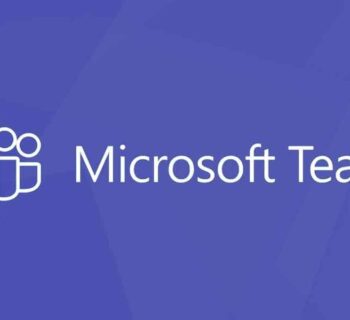Maintaining accurate employee records is crucial for any organisation. Not only does it ensure compliance with labour laws, but it also helps in managing workforce productivity and payroll efficiently. However, traditional timekeeping methods often fall short of providing the accuracy and reliability required in today’s fast-paced business environment. This is where modern time attendance systems come into play.
Traditional Timekeeping Methods and Their Limitations
For years, businesses have relied on manual methods to track employee attendance. These methods include paper time sheets, punch cards, and Excel spreadsheets. While they have served their purpose, they come with several limitations:
- Human Error: Manual entry is prone to mistakes, whether it’s due to illegible handwriting or simple data entry errors.
- Time Theft: Practices like “buddy punching,” where one employee clocks in for another, can lead to inaccurate records and inflated labour costs.
- Inefficiency: Managing and processing manual time sheets is time-consuming and can divert HR personnel from more strategic tasks.
- Lack of Real-Time Data: Traditional methods don’t provide real-time insights, making it difficult to monitor attendance and productivity effectively.
These limitations highlight the need for a more reliable and efficient solution.
How a Time Attendance System Works
Time attendance system automates the process of tracking employee working hours, using various technologies such as biometric scanners, RFID cards, and mobile apps. Here’s a brief overview of how it works:
- Clocking In and Out
Employees clock in and out through a digital interface, which could be a biometric scanner, a swipe card, or even a mobile app.
- Data Collection
The system automatically logs the time and stores it in a centralised database.
- Real-Time Monitoring
Managers can access real-time data on employee attendance, making it easier to identify patterns and address issues promptly.
- Integration with Payroll Systems
Many time attendance systems integrate seamlessly with payroll software, ensuring accurate calculation of wages and reducing administrative workloads.
Benefits of Using a Time Attendance System
A time attendance system offers numerous advantages that streamline this process. Here are some key benefits of using a time attendance system:
1. Enhanced Accuracy
Automated systems eliminate the risk of human error associated with manual entry. Biometric solutions, in particular, offer a high level of accuracy by using unique physiological traits to verify identity.
2. Improved Efficiency
Automating the clock-in and clock-out process, employees no longer need to manually record their hours. This frees up time for HR staff to focus on more strategic initiatives. According to a study by the American Payroll Association, automation can reduce payroll processing costs by as much as 80%.
3. Cost Savings
Time attendance systems can significantly reduce labour costs by eliminating practices like buddy punching and providing accurate data for payroll calculations. Additionally, real-time monitoring helps identify absenteeism patterns and enables timely interventions to minimise lost productivity.
4. Real-Time Insights
Real-time data allows managers to monitor attendance and productivity more effectively. This can lead to better decision-making and more agile responses to workforce challenges.
5. Compliance
Automated systems help ensure compliance with labour laws by providing accurate records of working hours, overtime, and breaks. This reduces the risk of legal disputes and potential fines.
Tips for Choosing the Right Time Attendance System
Choosing the right time attendance system is crucial for any organization aiming to streamline its workforce management. With various options available, it can be overwhelming to determine which system best fits your needs. Here are some tips to help you make the right choice.
1. Assess Your Needs
Consider the size of your business, the number of employees, and your specific requirements. A small business might benefit from a simple mobile app, while a larger organisation may need a more comprehensive solution with advanced features.
2. Evaluate Features
Look for features that will meet your needs, such as biometric authentication, mobile access, real-time monitoring, and payroll integration. Make sure the system is scalable to accommodate future growth.
3. Check Compatibility
Ensure that the time attendance system is compatible with your existing HR and payroll software. This will facilitate seamless data transfer and reduce administrative work.
4. User-Friendliness
Choose a system that is easy to use for both employees and administrators. A user-friendly interface will encourage adoption and minimise the learning curve.
5. Support and Training
Opt for a provider that offers robust customer support and training resources. This will help you get the most out of your investment and ensure a smooth implementation process.
Conclusion
A time attendance system plays a crucial role in maintaining accurate employee records and has numerous benefits for businesses of all sizes. Automating the tracking process, these systems offer enhanced accuracy, improved efficiency, cost savings, real-time insights, and compliance with labour laws.
When choosing a solution for your organisation, consider your specific needs and evaluate features such as biometric authentication, scalability, compatibility, user-friendliness, and customer support. With the right time attendance system in place, you can streamline your workforce management processes and focus on driving business growth. So if you haven’t already implemented one in your organisation, it’s time to consider making the switch!









